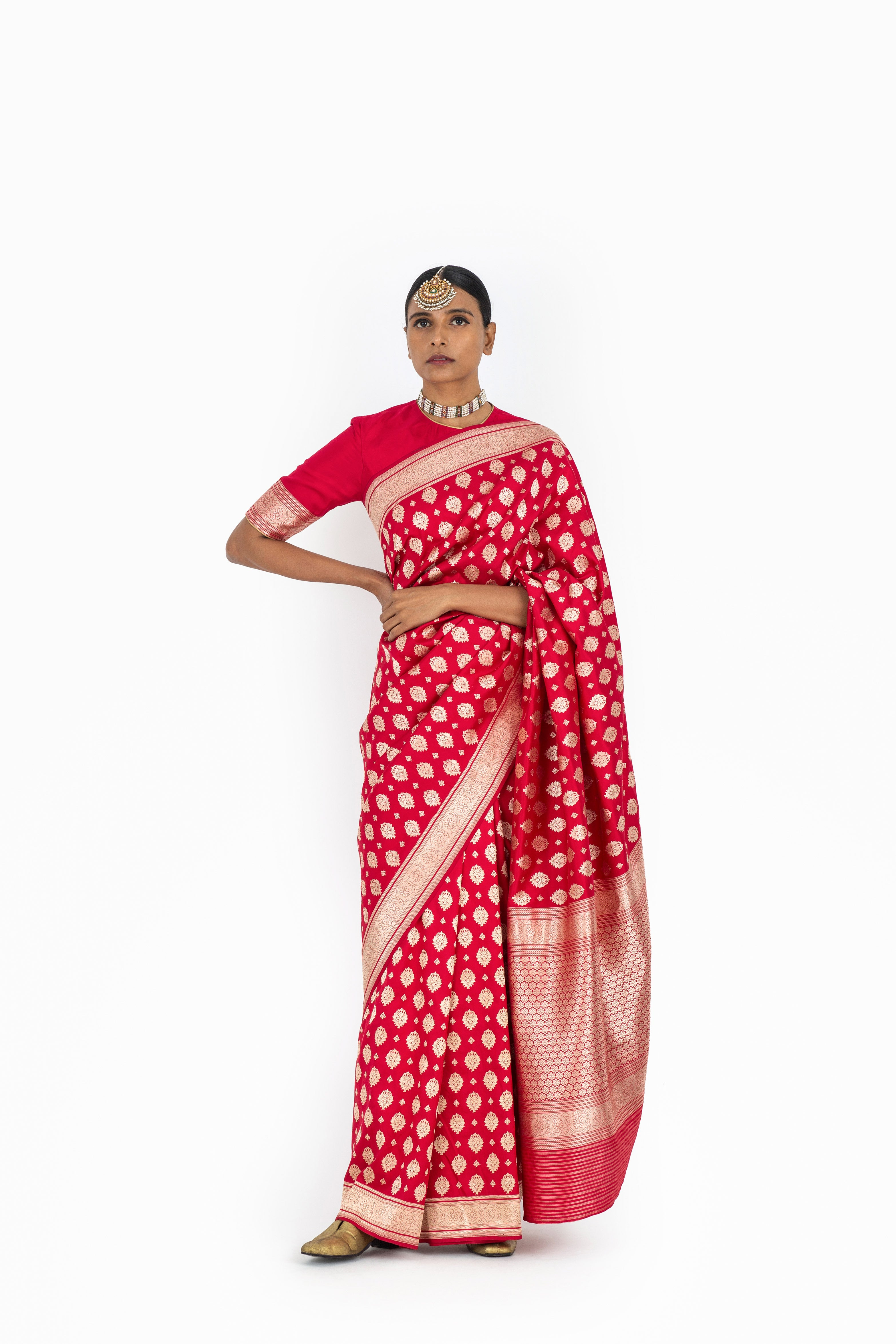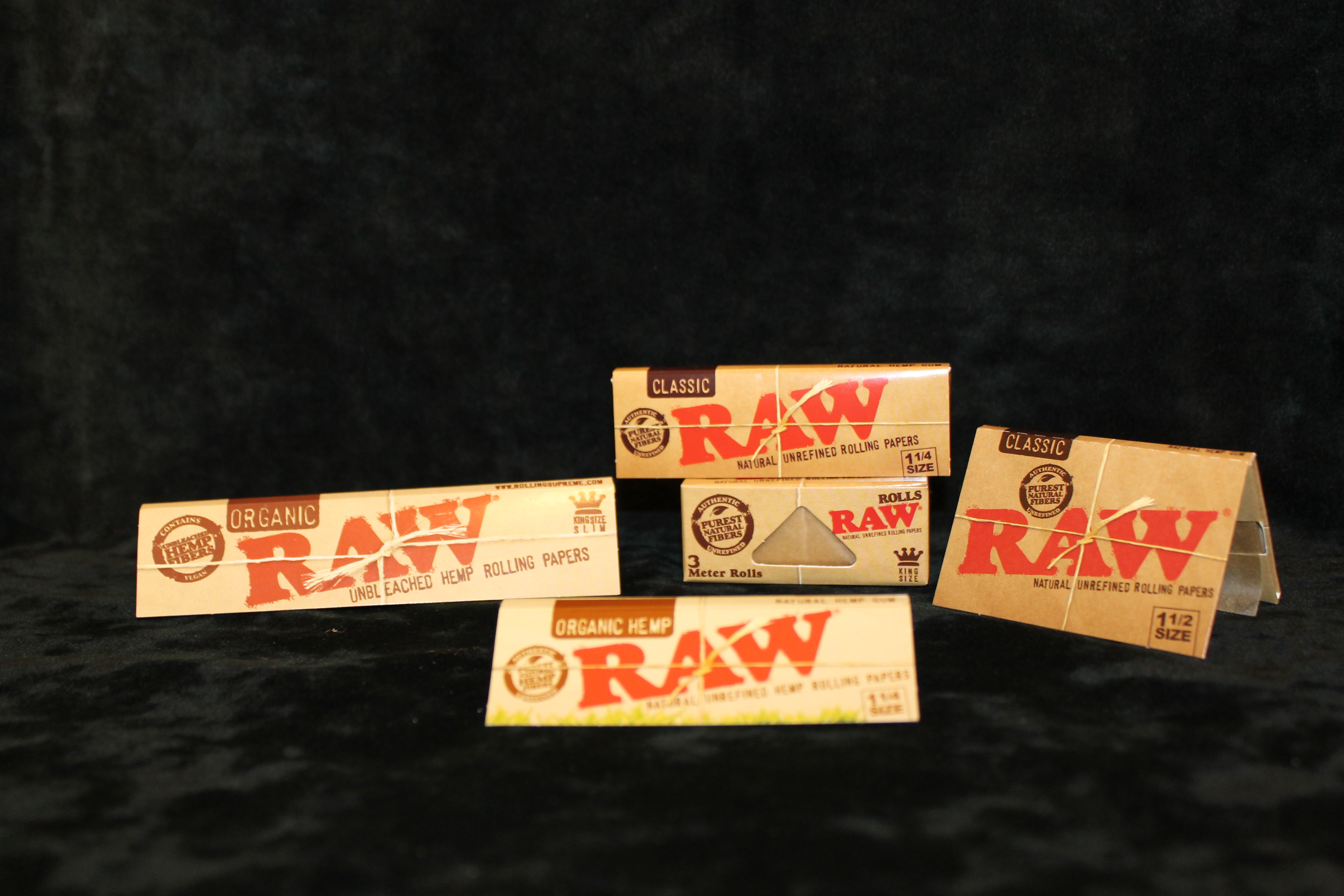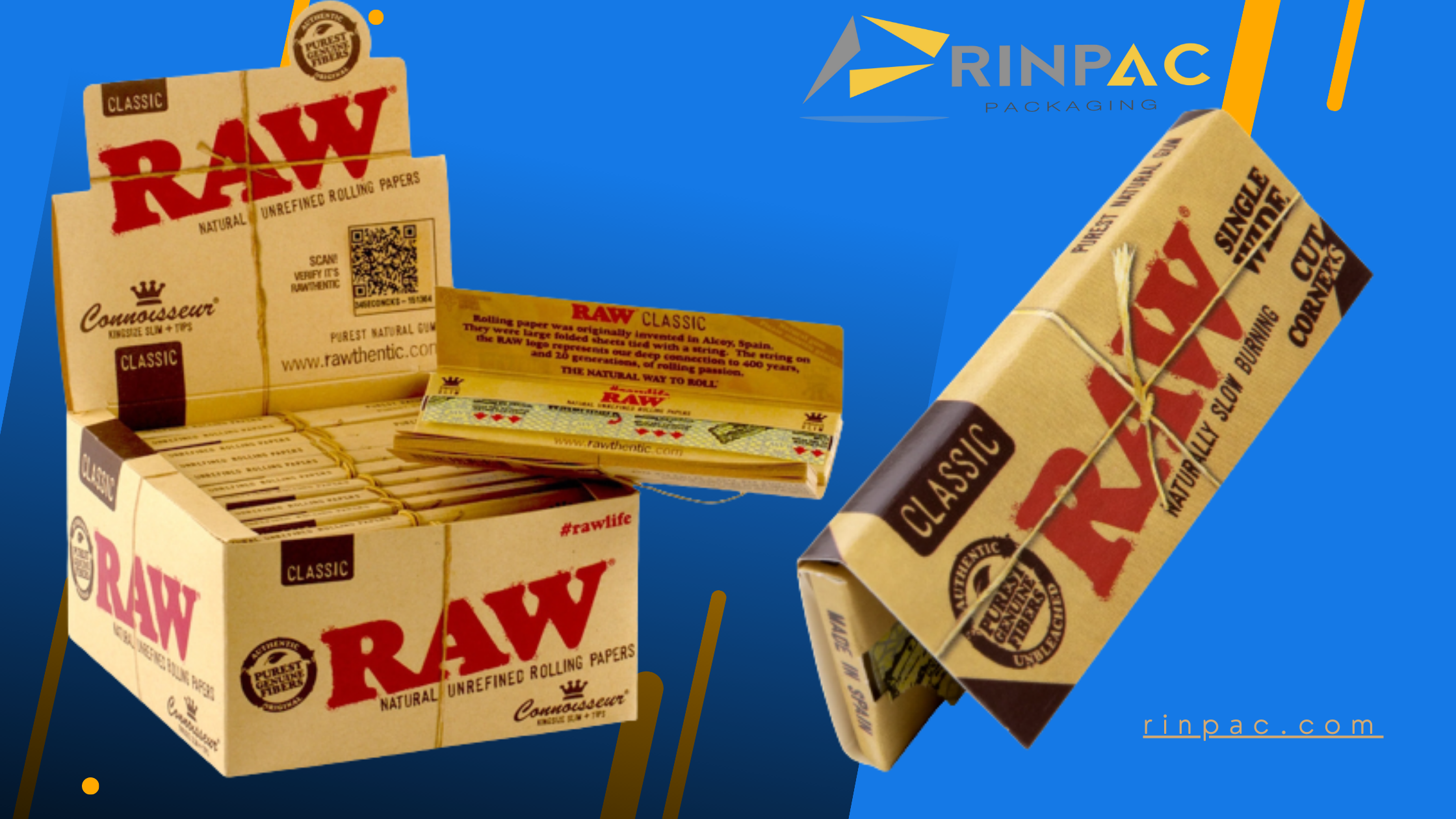When you snap a picture with your camera, you might think you are just making a photograph, but there's a bit more happening behind the scenes, you know. Many cameras, especially the more serious ones, actually create something called a "RAW file," which is not quite a finished picture in the way you might expect. These files are, in a way, the very beginnings of your image, holding onto so much more information than a regular picture format.
These RAW files are, you see, like the old-fashioned film negatives, truly holding onto all the original light information your camera's sensor picked up. They are, in some respects, a collection of raw data, a sort of digital packet, ready for you to shape and mold into your final image with a good deal of freedom. This kind of file basically keeps everything the camera saw at the moment you pressed the button.
Knowing how to handle these special files, and what they truly are, can make a pretty big difference in how your pictures look and how much control you have over them, so it's almost worth paying attention to what these "raw warning papers" might hint at. They are, if you think about it, a set of instructions or important considerations for anyone serious about their image-making.
- Waffler Dead
- What Happened To Todd Milsap
- Alex Morgan Daughter Charlie
- Alexei Mentzer Judge Judy Grandson
- Holly Madison Gets Married
Table of Contents
- What Exactly Are Raw Files, Anyway?
- Looking at Raw Warning Papers - Just a Data Packet?
- How Do We Open and Change Raw Warning Papers?
- Simple Ways to See Your Raw Warning Papers
- Making Changes to Raw Warning Papers for Your Pictures
- What About Raw Video - Are There Raw Warning Papers There Too?
- Big Files and the Raw Warning Papers of Storage
- Are All Raw Warning Papers the Same?
What Exactly Are Raw Files, Anyway?
Many people who take pictures, especially those who want to get the very best out of their cameras, hear about something called a RAW file. You might wonder, you know, what this really is. Well, it's pretty simple in some respects, a RAW file is not actually a finished photograph in the way you might typically think of one. It's more like a digital negative, holding all the original information that your camera's sensor collected when you pressed the button. This includes things like how much light was let in, what the colors looked like to the camera, and how sensitive the camera was to light, basically. So, it's a bit like getting all the ingredients for a meal before you start cooking.
Looking at Raw Warning Papers - Just a Data Packet?
When we look at what these "raw warning papers" might tell us, one of the first things to grasp is that a RAW file is, quite literally, just a bunch of data. It's a collection of numbers and codes that describe the light and color information your camera saw, rather than a ready-to-view image. Think of it like this, it's a sort of data packet, containing all the bits and pieces of information about your shot. This includes, for example, details about the exposure settings you used, the white balance your camera picked up, and the ISO level. It's, you know, everything your camera recorded at that very instant. This is why, in a way, it's often compared to a film negative from the days of analog photography; it needs processing before it becomes a proper picture you can share or print. It's really just the raw material, if you will, that you then get to shape.
How Do We Open and Change Raw Warning Papers?
So, if these RAW files are not finished pictures, you might wonder, how do you even look at them, let alone make them into something you can share? Well, you can't just open them up with any old picture viewer, like you would with a JPEG, for instance. You need special programs that know how to read all that raw data and show it to you. And then, to actually make changes and turn that data into a beautiful image, you need even more powerful tools. It's a bit like needing a special key to open a very particular kind of box, and then needing the right tools to build something from what's inside. This is where the world of digital image processing truly begins for many photographers, giving them a huge amount of creative freedom over their final pictures, you know.
Simple Ways to See Your Raw Warning Papers
For just looking at your RAW files quickly on your computer, there are some pretty good programs out there that can help. These are like viewing stations for your digital negatives. For instance, tools like Faststone Image Viewer, XnViewMP, and bkviewer are often mentioned as good choices for this. They allow you to browse through your pictures, even if they are in that RAW format, without needing to make any big changes. It's really convenient, you know, to be able to just flip through them and get a sense of what you've captured. These programs are designed to handle the unique structure of RAW files and display them in a way that makes sense, even though, technically, the RAW file itself isn't meant for direct display. They often use a little preview image that's tucked inside the RAW file itself, which is actually pretty clever, so you get to see something quickly.
Making Changes to Raw Warning Papers for Your Pictures
Now, if you want to do more than just look, if you want to actually change these "raw warning papers" into finished pictures, you need editing software. Many camera makers, for example, provide their own programs that are made to work perfectly with their specific RAW files. These can be really good for getting started, as they are often quite user-friendly for their own brand's files. Beyond that, there are big-name programs like Adobe Photoshop (PS) and Lightroom (LR), which are, you know, considered industry standards. These tools let you adjust everything from the brightness and contrast to the colors and sharpness, all using the rich data held within the RAW file. It's almost like having a darkroom for your digital images, allowing you to fine-tune every aspect of the picture before it becomes a final, shareable piece. This is where the true benefit of shooting in RAW really shows itself, as you have so much more flexibility to correct or enhance your images.
It's also worth noting that sometimes, you just need to turn that RAW file into a different format, perhaps a JPEG or a TIFF, so you can share it easily or use it in other programs. For this, there are conversion tools. Someone might even, for instance, mention a program like Xunjie PDF converter for turning RAW files into other types. While that might sound a little bit unusual, the idea is to have a tool that makes your RAW creations more accessible for viewing or sharing with others who might not have special RAW viewing software. It truly makes things a lot more convenient when you just want to get a quick look or send a picture to someone without all the extra processing. So, you see, there are many ways to handle these files, depending on what you need to do with them.
What About Raw Video - Are There Raw Warning Papers There Too?
It's not just still pictures that can be RAW; video can be RAW too, and this brings its own set of considerations, its own "raw warning papers," if you will. For example, if you are thinking about recording RAW video with a camera like the Z63, you really need to ask yourself if your computer can handle the heavy lifting of editing such large files. It's a bit like trying to run a marathon without training, you know, your system might just struggle quite a lot. The file sizes are truly enormous, and processing them takes a very powerful computer. Then there's the cost of storage. Have you, for instance, looked at how much a 1TB high-speed memory card costs? They are, to be honest, quite expensive. While there might be cheaper cards out there, or even ways to build your own, shooting RAW video is generally not something a casual enthusiast would typically do. It's more for those who are really serious about video production and have the equipment and budget to match. It truly is a whole different ballgame when you step into RAW video.
Big Files and the Raw Warning Papers of Storage
One of the biggest "raw warning papers" when it comes to RAW files, whether for photos or video, is their size. They are, quite simply, much larger than compressed files like JPEGs. For example, some cameras offer a compressed RAW format, often called CRAW. If you look at comparison images, you can often see that CRAW files are usually less than half the size of regular RAW files. This is a pretty significant difference, you know, especially if you are taking many pictures or recording a lot of video. When it comes to quality, under normal lighting conditions, the difference between CRAW and full RAW is usually very, very small, almost unnoticeable. There might be a slight softening of details with CRAW, but it's often something you can just ignore. Even when you push the limits, like pulling back details from a picture that was overexposed by three stops, there's basically no difference between the two formats. However, when you try to brighten up a picture that was very underexposed, you might start to see some subtle variations. So, while CRAW saves space, it's good to be aware of these minor distinctions, especially in extreme situations.
Speaking of video, some cameras have made big improvements in their RAW video capabilities. For instance, a camera might have gotten rid of the 1.7x crop that an older model had for 4K video. It might now record N-RAW at up to 4K and 30 frames per second. Or, for even smoother video, it could record at 4K and 60 frames per second using 10-bit H.265, though this might come with a 1.5x crop. Just looking at these improvements, a small price increase, say 1000 units of currency, might seem pretty reasonable for what you get. Even if a camera is called something like "Z52," some of its features might actually be more like those found in a third-generation camera from that brand, which is pretty neat, you know. This shows how quickly technology is moving forward, giving creators more powerful tools.
It's really quite amazing to think that a mirrorless camera costing around ten thousand units of currency can record RAW video internally. This was, honestly, something you couldn't even dream of happening in the past. After all, some camera makers' top-of-the-line models didn't even offer RAW video recording. It's a pretty big step forward for video creators, you know. However, it's also true that, as of now, N-RAW files are quite large. This means that, after you record them, you will need a lot of storage space and a powerful computer to handle them during the editing process. So, while the capability is fantastic, it definitely comes with its own practical considerations that you need to be ready for. It's a bit of a trade-off, really, between incredible quality and the demands it places on your workflow.
Are All Raw Warning Papers the Same?
When you start looking into RAW files, you might wonder if they are all, you know, exactly alike. The short answer is no, not really. Each camera manufacturer, and sometimes even different camera models from the same manufacturer, might have their own slightly different way of storing that RAW data. This means that a RAW file from one camera might not open perfectly in software that's designed for another, at least not without some updates. This is why, for example, some people look for websites where they can download RAW files from different cameras. It's a pretty useful thing to do, you know, if you want to test out how your software handles various file types, or just to practice editing. Someone might remember a website that used to let you download RAW files, categorized by brand and camera model, and even let you preview them. These kinds of resources are really helpful for learning and experimenting with different types of RAW data, allowing you to see firsthand how varied these "raw warning papers" can be from one camera to the next.
From a purely technical standpoint, a RAW file, by its very nature, isn't actually meant to be viewed directly. It's, you know, a file for recording information, not for displaying it. So, a RAW file itself can't be previewed in the same way a finished picture can. However, nearly all modern RAW files have a small JPEG preview picture embedded inside them. This little JPEG is what programs use to show you a quick look at the image without having to fully process the RAW data. Tools like the libraw library can help with this, allowing software to pull out and display that embedded JPEG. This is why, when you browse through your RAW files, you actually see something, even though the raw data itself isn't being shown to you in real-time. It's a clever trick, really, that makes working with these files much more practical for everyday use.
The real magic of RAW files, and what these "raw warning papers" truly highlight, is in the amount of detail they keep. They hold onto much more information in the very dark parts of your picture and in the very bright parts, which means you have a lot more flexibility to bring back details that might look completely lost in a regular JPEG. They also preserve what's called "high-frequency details," which are the very fine textures and patterns in an image. On top of that, RAW files store a much greater "color depth," meaning they have a far wider range of colors and tones than other file types. When you are working with these files, it's also a good idea to check your noise reduction settings, because some software might have noise reduction turned on by default, which can sometimes smooth out those fine details you want to keep. For instance, an uncompressed RAW file from an A7R3 camera should be around 80MB, not 40MB. If yours is smaller, you might have selected a compressed version, which is something to be aware of if you are aiming for the absolute maximum detail. So, you see, knowing these things can really help you get the most out of your camera's capabilities.
- What Happened To Todd Milsap
- Carly And Nova
- Micah Parsons Kids
- Ozempic Libido
- Did Shaquille And Kirsten Stay Married


